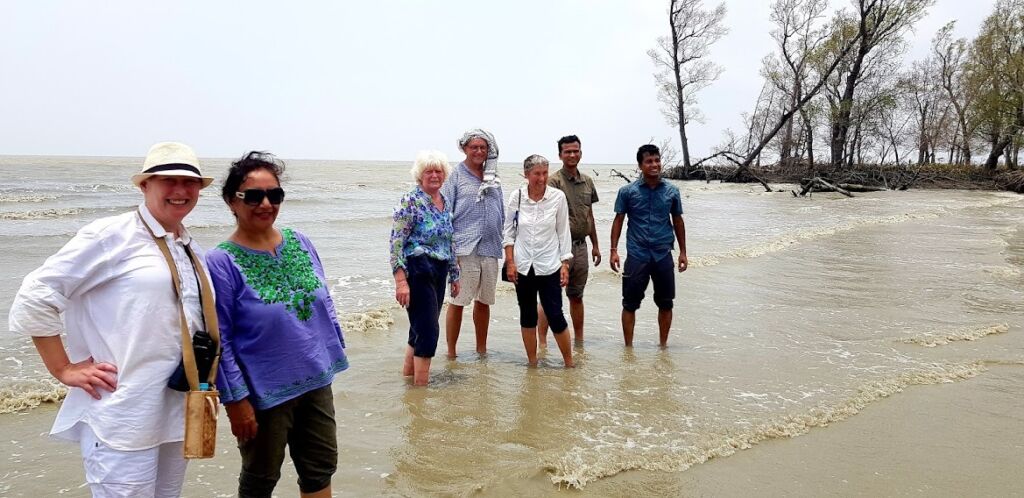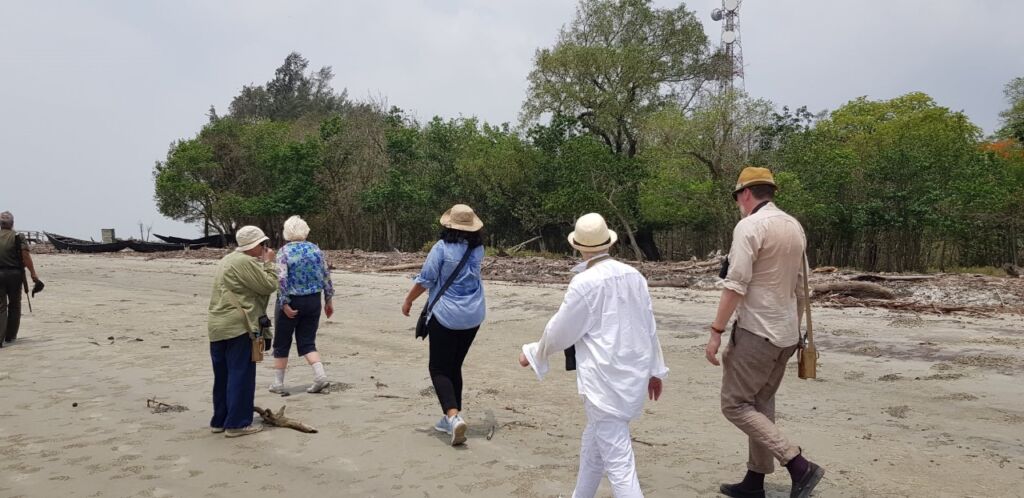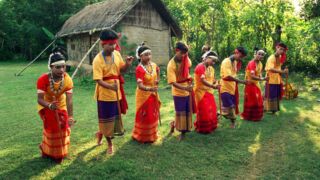Bangladesh is one of the most densely populated places in the world, a flat country with a vast river delta where two of the world’s largest rivers meet – the Ganges and the Brahmaputra. During the annual monsoon, about half of the country is under water. Bangladesh has not four, but six seasons, because the rainy season and the cold season also feature on the meteorological calendar.
Traveling in Bangladesh is certainly not easy. In any case, a holiday in the dry season is a good idea, so that you can explore the delta, admire the hilly landscape and visit the tea plantations during a relaxing boat trip. A visit to Dhaka will be a bit of a shock, the overcrowded capital with 20 million people and legions of colorful bicycle rickshaws where traffic is always stuck. Traveling south you will find Cox’s Bazar, the longest natural beach in the world stretching 120 kilometers. Also not to be missed are the Sundarbans, the largest mangrove forest in the world and the refuge of the nearly extinct Bengal tiger.
During your holiday you will not be bothered by pushy men who try to sell you everything, as in neighboring India. Bangladesh is not (yet) overrun by backpackers and tourists. You do get a place in return with gleaming mosques, ancient temples and a maze of waterways. The veil of fog cannot fade the hundreds of shades of the mangrove forest into a greenish whole. Deep in the delta region of Bangladesh, the colors are intense, each leaf has its own green. Over this mangrove area is a braided network of rivers, streams and waterways. All connected to one large network of more than eight thousand kilometers of river.
In this impenetrable nature of Sundarban National Park, it is hard to imagine that Bangladesh is one of the most densely populated countries in the world. Yet this nature reserve is also one of the most densely populated in the world: four hundred Bengal tigers form the world’s largest tiger population here. However, the luck of encountering one is reserved for few.
Hidden behind India, the country is full of surprises, but above all ‘full of rivers’: more than seven hundred flow through Bangladesh. Even the capital Dhaka can be explored by boat. Floating on the Buriganga River, life on the waterfront, where children fish, women wash and men repair their boats, pass travelers by. Moreover, the passengers escape the hectic traffic. Although they also have to share the river with fishing boats, cargo ships and ferries. For those who want to jump into the deep end in Dhaka, a rickshaw ride is definitely worth it. The pedicab makes its way from the Ahsan Manzil (pink palace) to the Shankaria Bazar where the flowery Hindu Street with its many colorful shops invites you to stop for a while. But to really catch your breath, you’ll have to leave the capital.
A few days traveling between the tea plantations around Sylhet in the north, history can be found in Bagerhat, named after the many mosques from the fifteenth century that are now on the Unesco heritage list. At Kuakata, miles of deserted beach await hikers. And with sturdy shoes, the Chittagong Hills also become accessible. A unique piece of mountain area in otherwise flat Bangladesh. The region is undiscovered, a small winding river is the only one that has found its way to this region.













